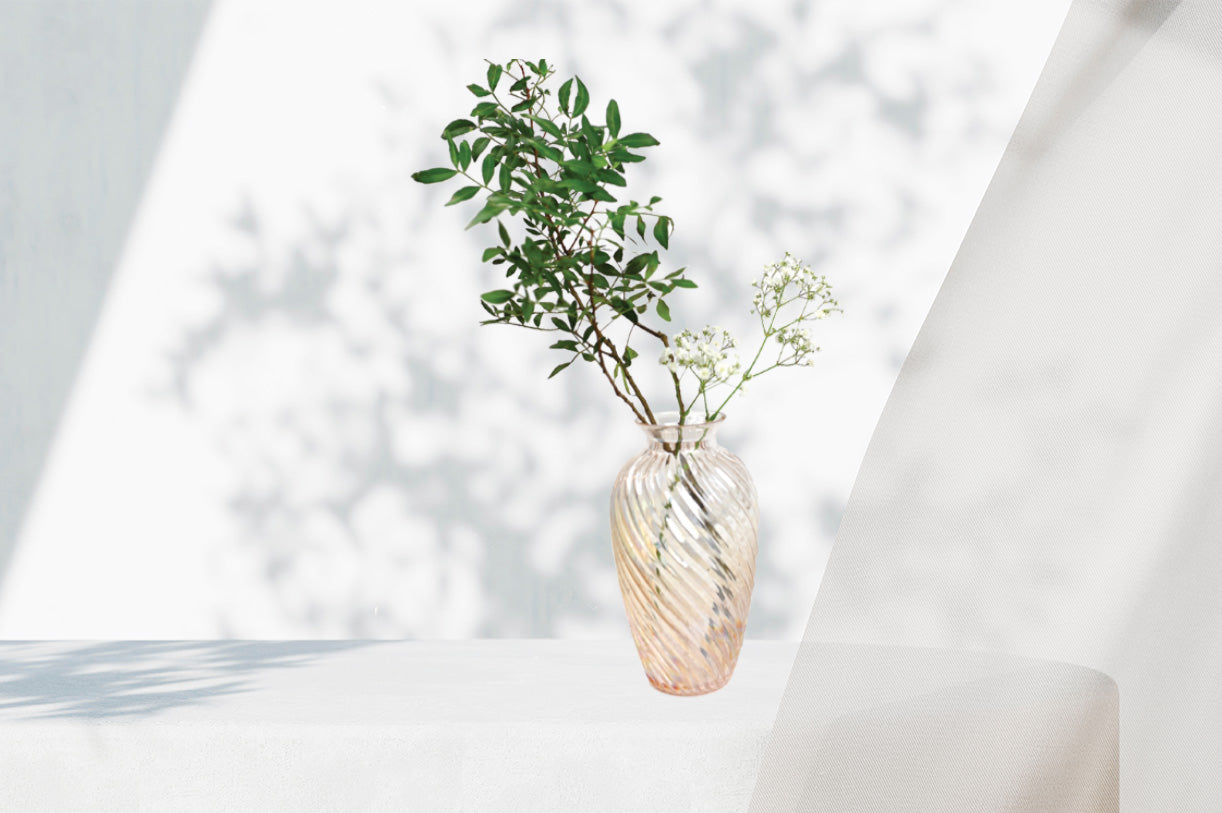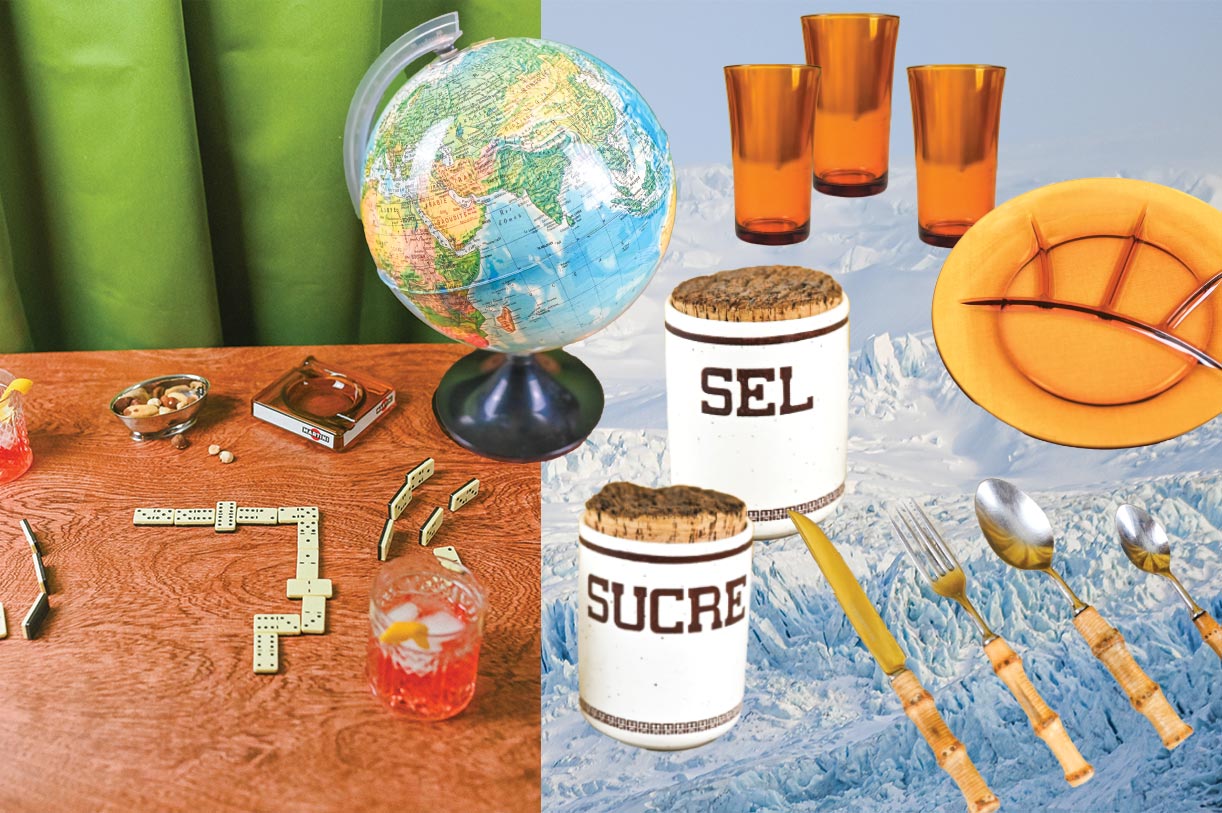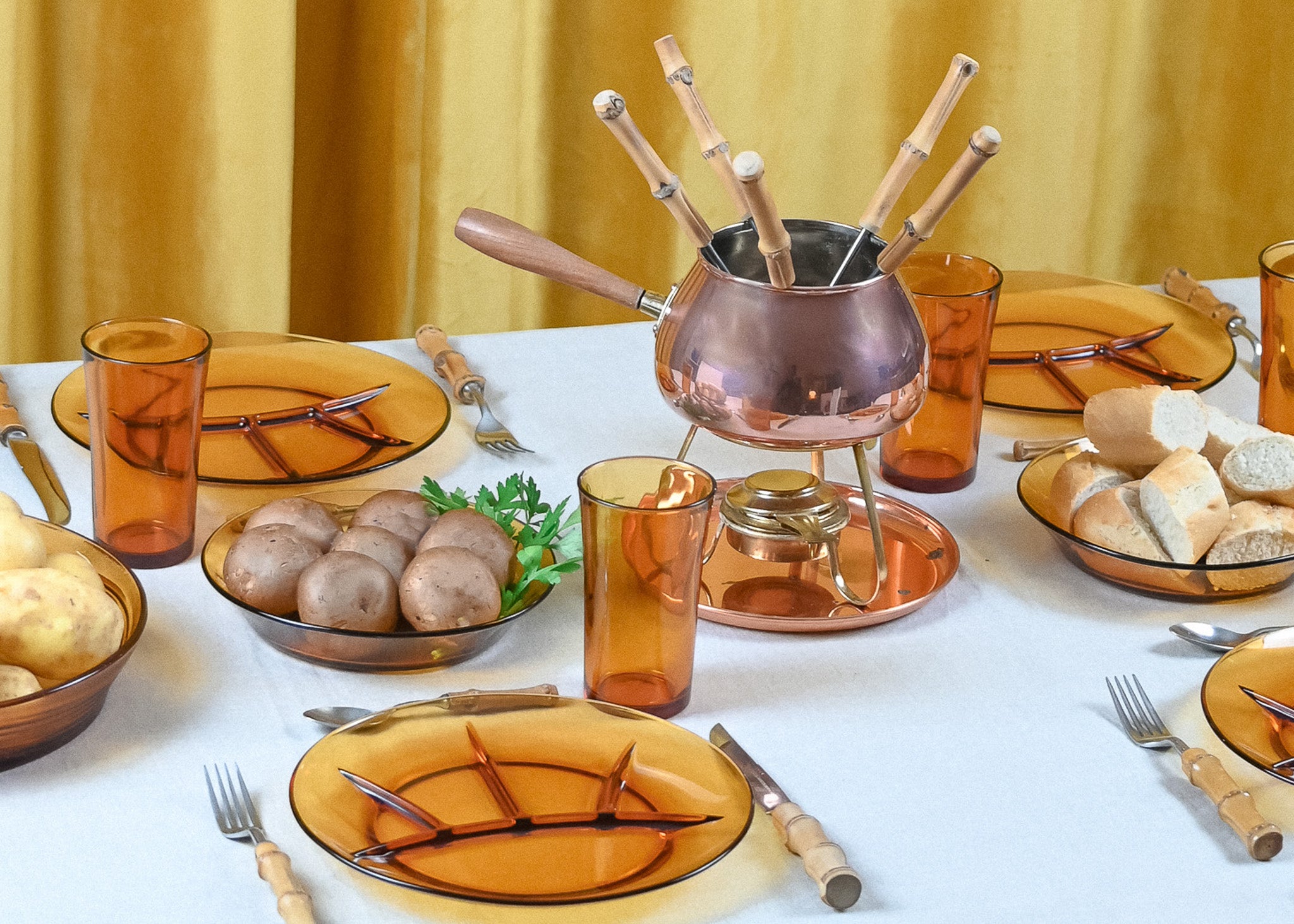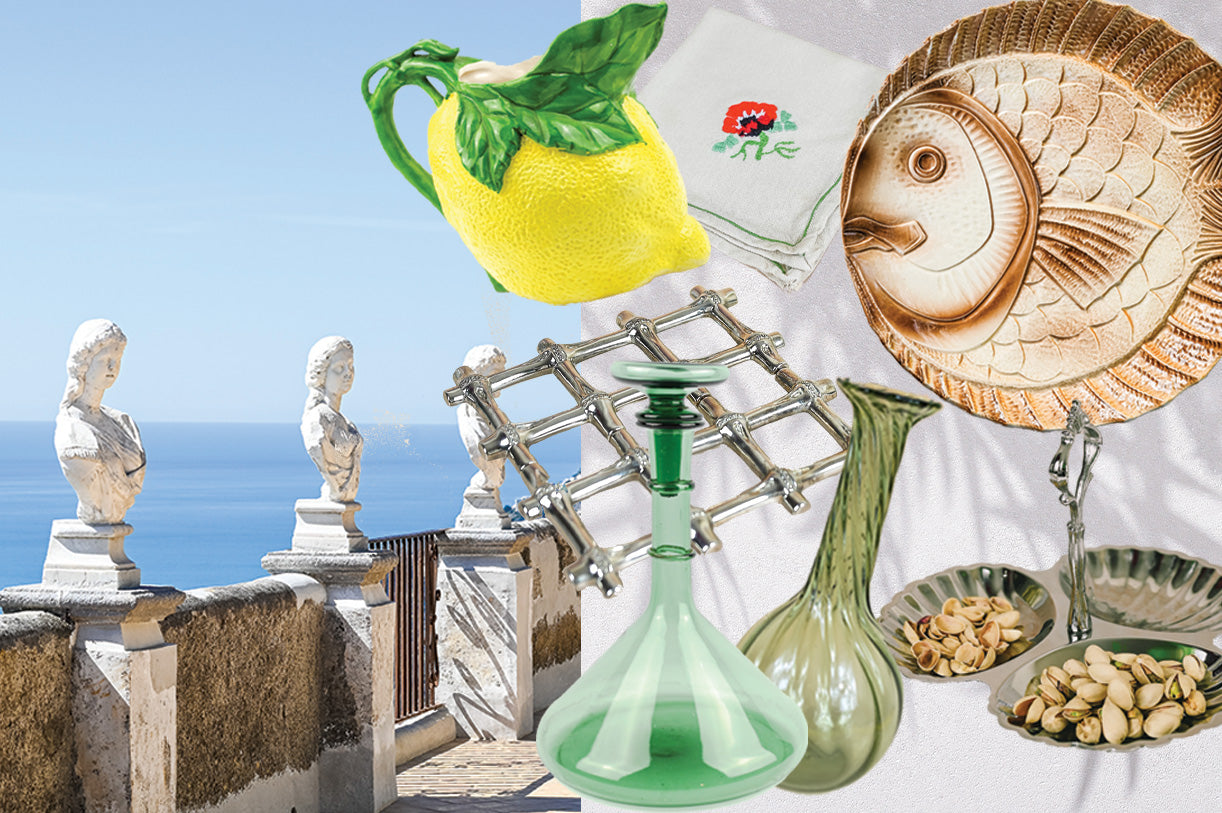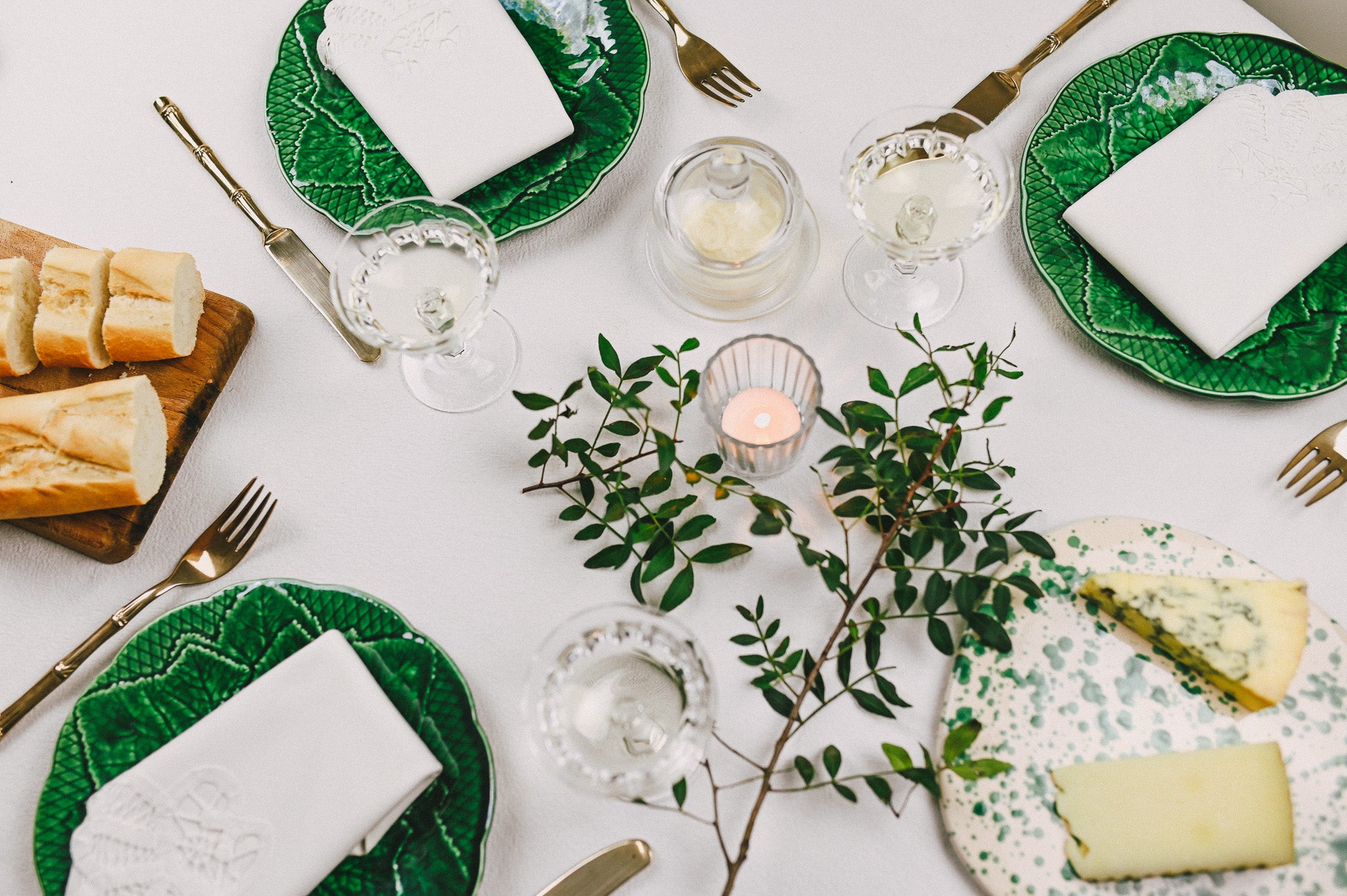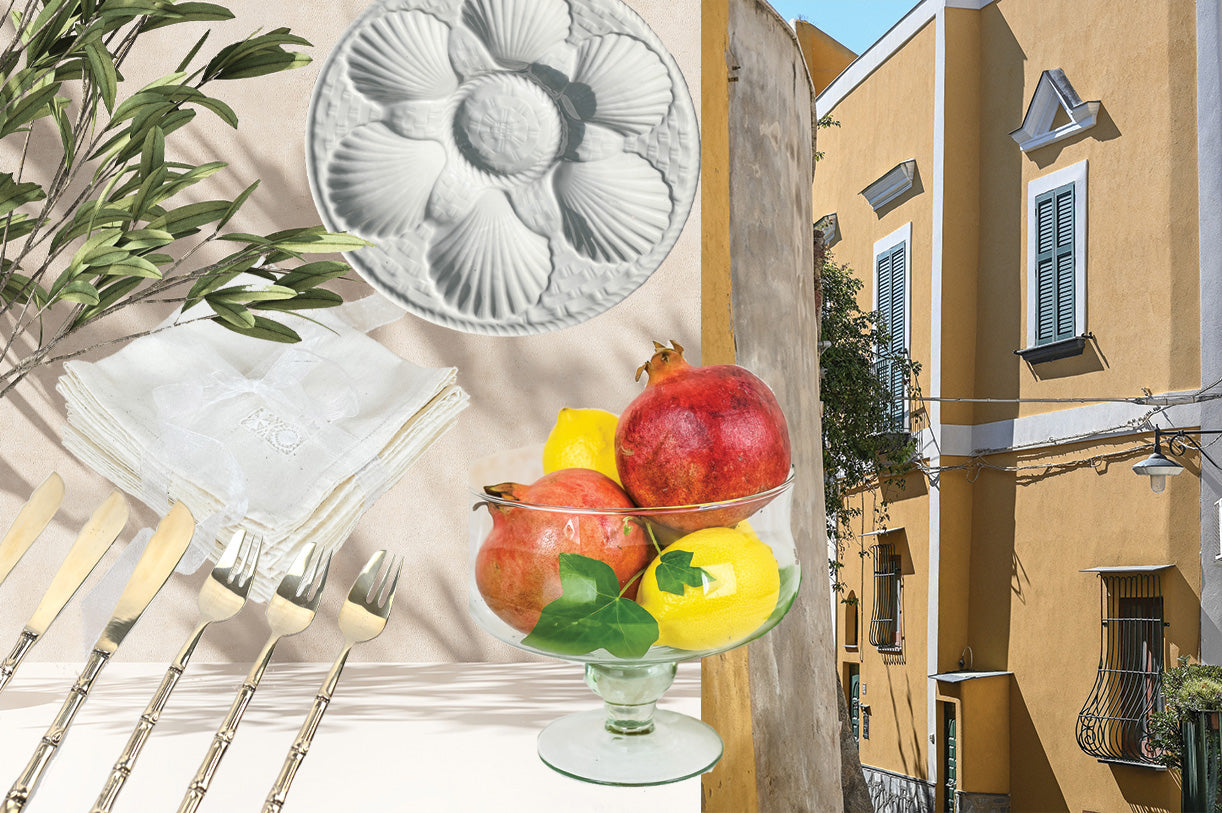Depression glass, refers to a specific type of glassware that was produced in the United States during the 1920s and 1930s. This era coincided with the Great Depression, hence the name Depression glass. While pink was one of the popular colors, Depression glass was also made in various other hues like green, blue, yellow, and amber.
THE PRODUCTION
The production of Depression glass began around 1927 and continued through the early 1940s. It was primarily manufactured by numerous glass companies to be given away as free or low-cost items, often as promotional pieces or included as premiums in cereal boxes, laundry detergent, and other consumer products. It was also available for purchase in stores, making it affordable for many households during a time of economic hardship.
Depression glass was created using inexpensive materials, such as soda-lime glass, which contributed to its affordability. It was typically machine-pressed or molded rather than hand-blown, allowing for mass production at lower costs. The glassware featured a variety of patterns, including floral, geometric, and art deco designs, with intricate details and motifs.
PRACTICAL & DECORATIVE
The popularity of pink Depression glass stemmed from its attractive color, delicate appearance, and affordability. It brought a touch of elegance and beauty to households that were otherwise struggling economically. Pink was a favored color because it complemented a range of table settings and was considered feminine and fashionable during that era.
Depression glass had both practical and decorative uses. It included a wide array of items, such as plates, cups, bowls, serving dishes, pitchers, and vases, allowing people to create coordinated sets for their dining tables and home decor. Some patterns even included more elaborate pieces like candlesticks and centerpieces.
